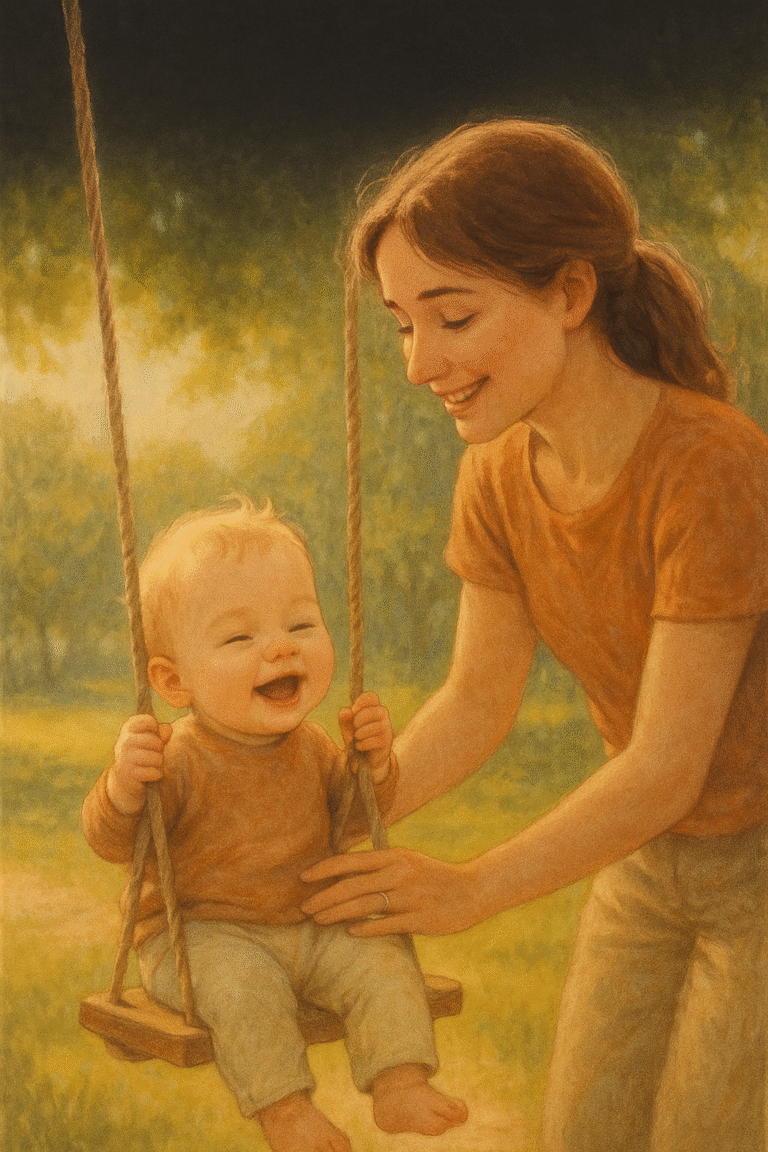Peaceful Discipline: How to Teach Without Yelling
Children at the age of two are bundles of energy, constantly running, jumping, and playing. Therefore, it is important to find healthy ways to help them be cautious.
Disciplining a toddler can sometimes feel like a battle. A child’s unwanted behavior often causes stress for parents, which may lead them to resort to yelling as a way to regain control. However, the truth is that yelling does not teach discipline — it may instead lead to fear, defiance, or low self-esteem.
To successfully meet the challenge of teaching them discipline, there are certain strategies that parents should follow.
1-Be a role model:
Many children learn more from what they see than from what they hear. They observe your behavior every day. If you stay calm and respect the rules yourself, your child will learn to behave the same way.

2-Set clear and understandable rules
Kids need consistent and simple rules. For example:
– We tidy up our toys after playing
– Voices stay low inside the house
– We wash our hands before eating
Instead of Be good, this is vague because “good” can mean many things and may confuse the child about what is actually expected.
Repeat the rules using simple language, and make sure your child understands them.
3-Use logical consequences
Instead of threats or yelling, apply consequences that are directly related to the behavior:
– If they don’t tidy up their toys, the toys are taken away for a short time
– If they misbehave during screen time, some of their screen time is taken away the next day
The goal is for the child to learn that every action has a consequence.

See Also : How Mistakes Help Shape Strong and Confident Kids
4-Use stories to demonstrate virtuous behavior
Reading can teach children valuable lessons they can apply in their lives. After reading about a disciplined and responsible character, engage your child in a conversation about their reactions, thoughts, and feelings during the story. This helps them connect with the character and understand the concept of logical consequences — the idea of cause and effect.
For example, when reading The Tortoise and the Hare, focus on the tortoise’s hard work and how she won the race as a reward for her effort, while the hare was lazy and had fun, but ended up losing.
5-Use a calm and firm tone
When speaking to your child, there’s no need to yell. A calm but serious and firm tone is often more effective. For example:
Rather than saying, “How many times have I told you not to throw things!”
Say: “If you throw the toy again, I’ll have to take it away.”
6-Offer the child choices
Your child love to feel in control. Instead of giving commands, offer simple choices:
– “Would you like to tidy up your toys now or after you finish your drawing?”
– “Do you want to wear the blue shirt or the red one?”
This reduces power struggles and encourages cooperation.

7-Praise good behavior
Don’t let your children feel like you only pay attention to them when dealing with their misbehavior. When your child completes a task or behaves responsibly, let them know you’re proud of them.
Tell your children they did a great job with the task you assigned. Say “I’m proud of you” and “Thank you for your help” at the right moment.
8-Keep your promises
Don’t make empty threats, or you’ll lose your credibility with your child. Think before threatening your child with consequences, and follow through on what you’ve said immediately. If you show leniency once, the child may understand that the rule isn’t serious.
After your child has completed their punishment, hug or kiss them to show that you’re no longer angry, and explain again why you didn’t want them to engage in that behavior.

9-Set aside time for your child
Sometimes, bad behavior is just a way to seek attention. Give your child special time every day, even if it’s just for ten minutes, to play or talk with them. This strengthens your relationship and reduces negative behaviors.
In the end discipline doesn’t mean punishment; it’s about teaching and guiding. When we teach a child how to control their behavior without yelling or fear, we are building a strong, responsible, and balanced character in them.
With time and patience, you can shape any child into a more disciplined individual.
It’s okay to let your child make mistakes. Sometimes, the best learning moments come from failure and lack of discipline.
Don’t bribe your child with rewards to stop bad behavior; instead, offer rewards when they show good and disciplined behavior.







One Comment